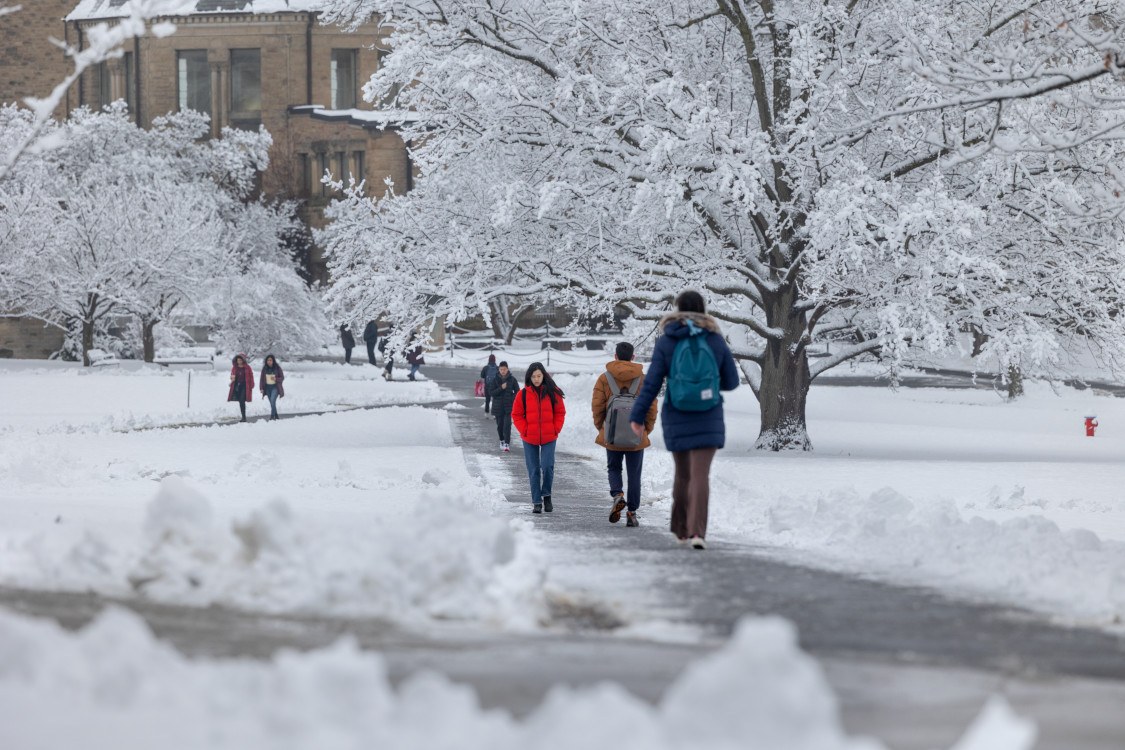How do our cells age? Studies in mice can tell us

Read the full story by Holly Hartigan in the Cornell Chronicle.
As muscles age, their cells lose the ability to regenerate and heal after injury. Cornell Engineering researchers have created the most comprehensive portrait to date of how that change, in mice, unfolds over time and across the complicated architecture of muscle tissue.
“The fundamental question that drove the initial study was really a question that had perplexed the skeletal muscle biology community,” said Ben Cosgrove, associate professor in the Cornell Meinig School of Biomedical Engineering and the paper’s senior author. “Does the decline in regeneration seen in old muscles come from changes to the stem cells that drive the repair process themselves, or does it come from changes in the way that they are instructed by other cell types?”
In their study, “Transcriptomic Analysis of Skeletal Muscle Regeneration Across Mouse Lifespan Identifies Altered Stem Cell States,” published Nov. 22 in Nature Aging, researchers sampled cells from young, old and geriatric mice at six time points after inducing injury via a variant of snake venom toxin. They identified 29 defined cell types, including immune cells that exhibited differences in their abundance and reaction time between age groups, and muscle stem cells that self-renew in youth but stall out as muscles age.


